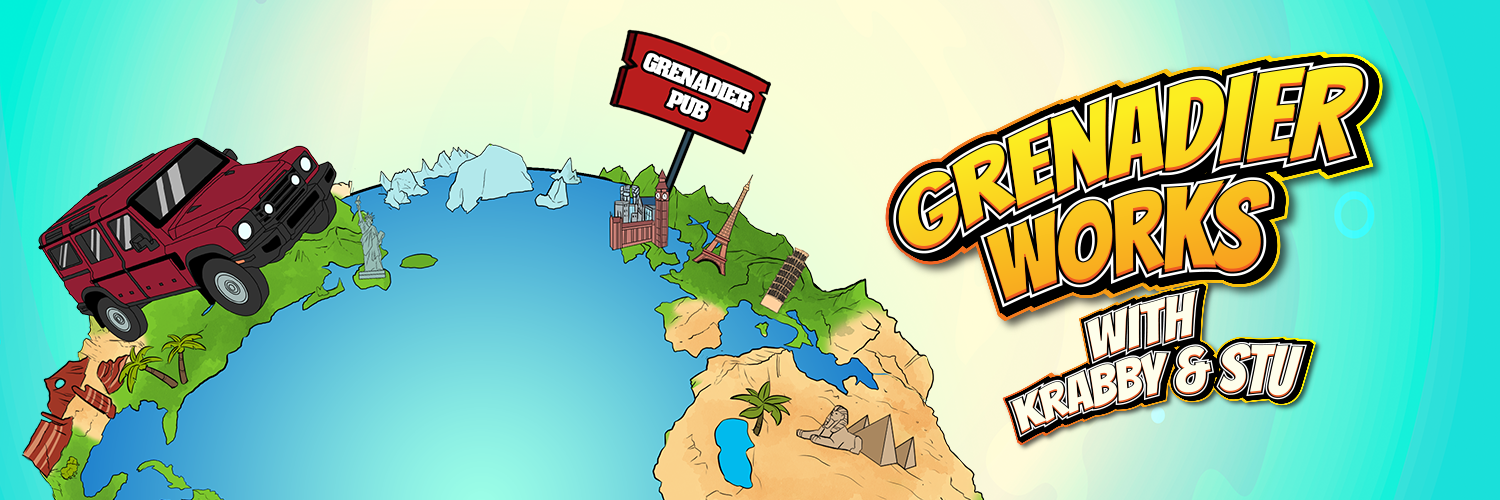- Local time
- 2:41 AM
- Joined
- Nov 14, 2021
- Messages
- 1,176
That's right. The "raised air intake" has no impact on wading depth, because it is not a true "snorkle" - i.e. it is not water-tight.Wading mode turns off the fan. The wading depth is 800mm with or without the raised air intake.
It is my understanding that - by definition (if one is being technically correct) - a "raised air intake" is just for pulling in cleaner air, whereas a "snorkle" is fully sealed so as to prevent water intrusion. But we're all lazy and use the terms interchangeably. I just think people like saying "snorkle".




